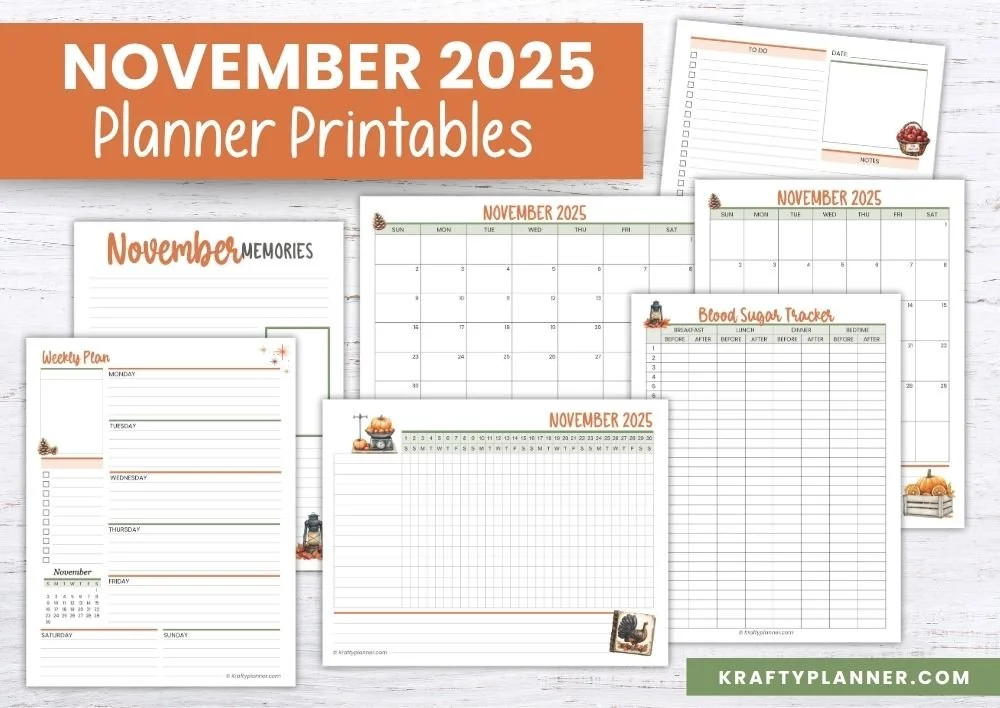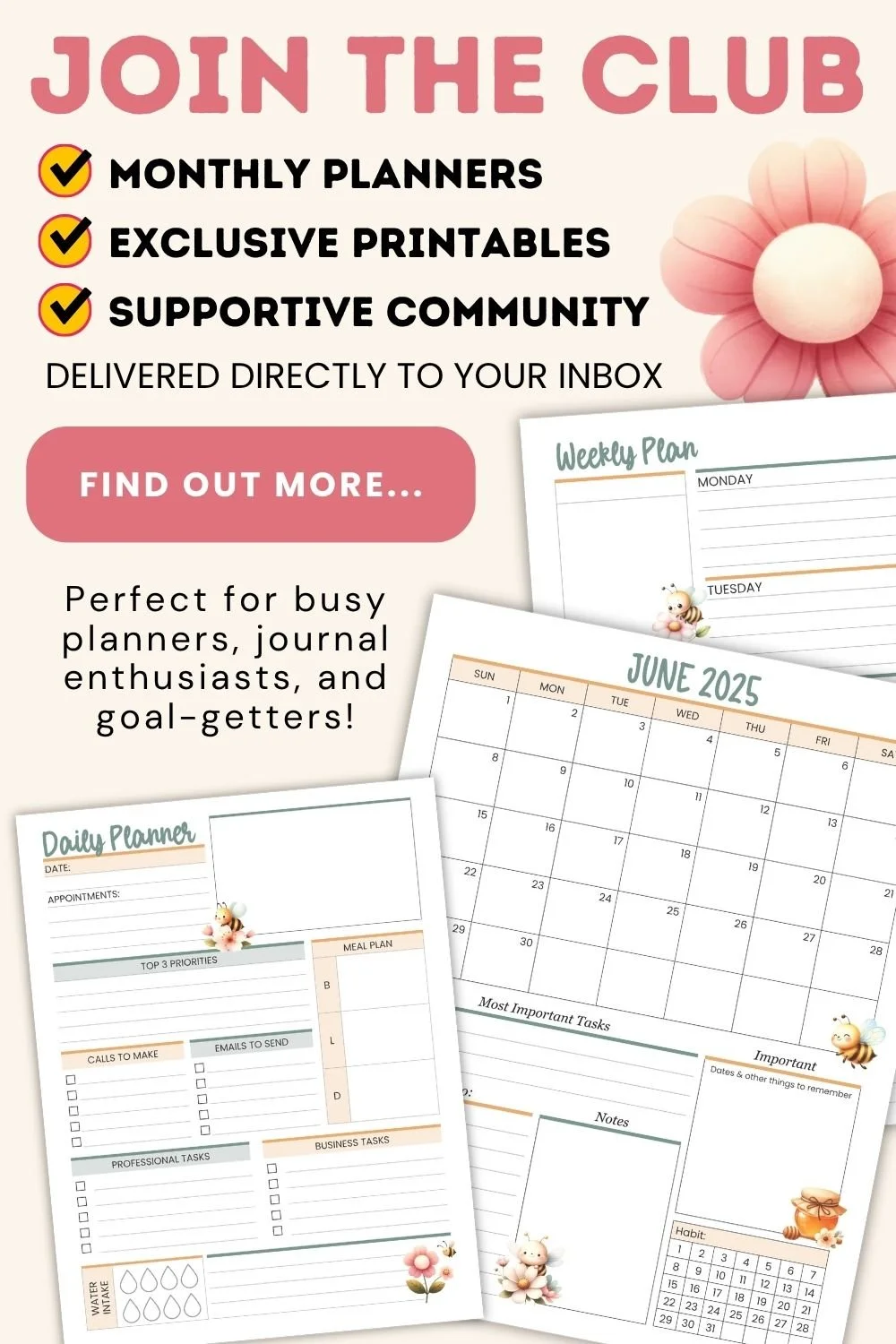Why Daily Planning Is the Key to Staying Productive
Picture this: It’s 9 a.m., your coffee is getting cold, and your to-do list looks more like a novel. You’re bouncing from one thing to another, unsure of where to even start.
Sound familiar? It’s easy to feel like the day is running you instead of the other way around.
That’s where daily planning comes in.
It’s not just a buzzword or another thing to add to your plate—it’s the secret ingredient that can transform your chaos into clarity.
When you take a few moments each day to plan, you’re not just organizing tasks; you’re creating a roadmap for productivity, focus, and less stress.
In this post, I’ll share why daily planning is the ultimate game-changer for staying productive and how it can help you take control of your days, one step at a time. So grab your favorite planner or notebook, and let’s dive in!
What Is Daily Planning?
Daily planning is exactly what it sounds like: taking time each day to map out what needs to get done.
Unlike weekly or monthly planning, it’s all about zooming in on the here and now. It’s your opportunity to decide how you’ll spend your time, tackle priorities, and address the day’s unique demands.
Think of it as creating a mini action plan. Instead of juggling a thousand things in your head, you’ve got a clear plan of attack for the day.
It’s simple, flexible, and incredibly effective.
The Benefits of Daily Planning
Clarity
Ever start the day feeling like you’re drowning in tasks?
Daily planning gives you a clear sense of what’s important so you can cut through the noise and focus on what matters most.
By organizing your tasks and setting priorities, you eliminate the mental fog and start the day with a sense of purpose.
Clarity helps you align your actions with your goals, making every step feel intentional.
Focus
Distractions, begone! With a daily plan, you’re less likely to fall into the rabbit hole of social media or aimless busywork.
When you know exactly what needs to be done, you can channel your energy into completing tasks instead of getting sidetracked. It’s like putting blinders on your day—keeping you on the straight and narrow path to productivity.
Time Management
By assigning time to specific tasks, you’re ensuring you use your hours wisely.
It’s like giving your time a purpose. Instead of wondering where the day went, you’ll have a clear picture of how you spent your time and why.
Effective time management also means carving out space for what truly matters—from big projects to small moments of joy.
Accountability
There’s something magical about crossing items off a list. A daily plan keeps you on track and gives you tangible proof of your progress.
Each checkmark or line-through feels like a small victory, reminding you that you’re moving forward, even on the busiest days.
This sense of accountability builds momentum and keeps you motivated.
Reduced Stress
No more waking up and scrambling to figure out what’s urgent. Your daily plan is your guide, and it’s got your back.
Knowing that you have a plan in place reduces the mental burden of decision-making and helps you approach your day with confidence.
Less stress means more mental bandwidth to tackle challenges and enjoy the process.
How to Create an Effective Daily Plan
Step 1: Brain Dump
Start by getting everything out of your head. Grab a notebook or a digital note app and jot down every task, idea, and reminder buzzing around in your mind.
Think of it as clearing mental clutter to make room for focus. Don’t worry about order or categories—just let it all out!
Step 2: Prioritize
Once your brain dump is complete, review the list and highlight your top three priorities for the day. These are the tasks that will make the biggest impact.
Consider deadlines, importance, and how these tasks align with your long-term goals.
Everything else can either wait or be considered a bonus if you finish early.
Step 3: Time Block
Plan out your day by assigning time blocks to each task. For example, allocate 9:00-10:30 a.m. for writing, 10:30-11:00 a.m. for emails, and so on.
Be realistic about how long each task will take, and include buffer time for unexpected interruptions.
This structure helps you stay on track while allowing flexibility.
Step 4: Add Breaks
Your brain isn’t a machine—it needs breaks to function at its best. Schedule short, rejuvenating breaks every couple of hours.
A five-minute stretch, a quick walk, or even just stepping away from your desk can do wonders for your focus and energy levels.
Here are some great tips for adding in breaks by using the Pomodoro Method.
Step 5: Review
Before wrapping up your day, take five minutes to reflect on what you accomplished.
Did you hit your top three priorities? What went well, and what could be improved?
Use these insights to tweak tomorrow’s plan and build momentum.
Tips for Making Daily Planning a Habit
Be Consistent: Choose a specific time each day for planning—either first thing in the morning or the night before. Consistency turns planning into a natural, automatic part of your routine.
Use Tools You Love: Pick tools that resonate with you, like a beautifully designed planner, a trusty notebook, or a sleek app. When you enjoy the process, you’re more likely to stick with it.
Keep It Simple: Overcomplicating your plan defeats the purpose. Stick to clear, actionable steps, and don’t overwhelm yourself with unnecessary details.
Celebrate Wins: Take a moment to celebrate when you finish your top three tasks. It could be as simple as a happy dance, a treat, or just basking in the satisfaction of being productive.
Stay Flexible: Life is unpredictable, and plans will sometimes go sideways. Instead of stressing, adapt. Move tasks around, reprioritize, and remember that progress is better than perfection.
There you have it—the why, what, and how of daily planning! It’s more than just a productivity hack; it’s a way to take control of your time and design your days intentionally.
Start small. Dedicate just five minutes a day to planning, and watch how it transforms your productivity and mindset.
Ready to give it a try?
Grab your planner, notebook, or favorite app, and take the first step toward a more organized, less stressful day.
You’ve got this!
BEFORE YOU GO:
Here are a few more posts you might like:
See my Link Party Directory for a current list of blog parties I attend each week.
This post was featured on the following link parties, thank you for your support! 💖
FOR PERSONAL USE ONLY – Please Read Freebies Terms of Use.
(This post may contain affiliate links. For more information, see my disclosures here.)
~ SHARE THIS POST ~
Did you like this post? Do you know someone else who might enjoy it? Please take a minute to share it on Pinterest, Facebook, or your favorite social media… Thank you!






















